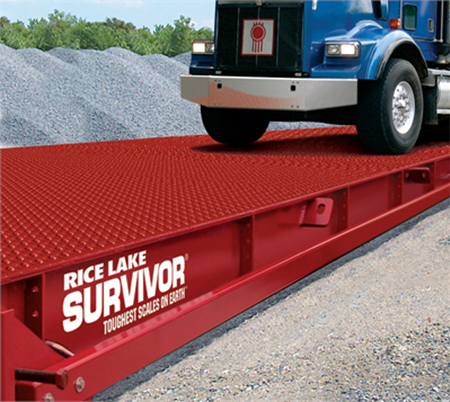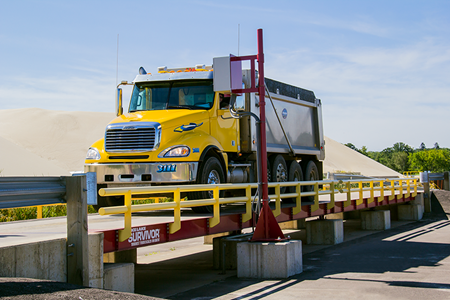Is the website displaying in the correct language? Please confirm or select a different language.
Your region has been set automatically. Please confirm or select a different region.

Truck Scale Maintenance
Regular maintenance can increase truck scale longevity, minimize downtime and support reliable weight readings.
Truck Scale Maintenance Plan
Even the best-designed scales are subject to wear with consistent use. It’s good practice to schedule a thorough checkup on your truck scale every six months. However, that may be too infrequent, depending on the application. Consider the number of weighments, climate and value of the product being weighed. Aside from the actual calibration, most truck scale maintenance will involve you or your scale technician visually inspecting the scale, foundation and surrounding area.
It is best practice to do daily visual inspections to verify proper scale operations and prevent major issues. Verifying the scale deck is free from debris and the indicator reads zero is important for accurate weight readings. When needed, contact a certified scale technician to assess concerns and recommend necessary next steps.![]()
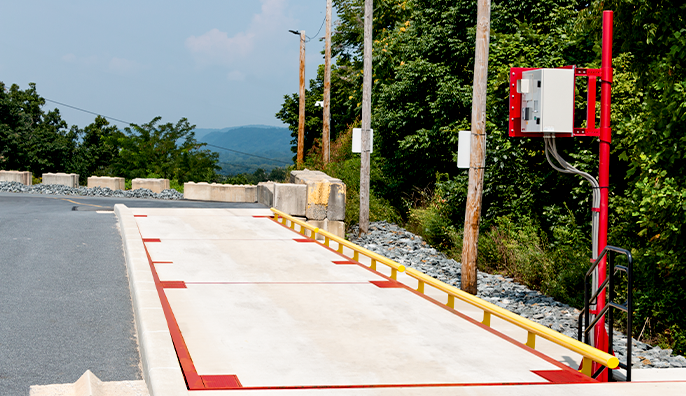
Foundation and Approaches
Cracked foundations can cause the scale to move or settle, leading to chronic calibration errors. This can impact longevity and accuracy. Small cracks can easily lead to larger ones, resulting in costly damage. Calibration errors may result in inaccurate weights or product costs. Plus, the downtime to correct the errors can lead to lost profits.

Calibration
Every vehicle scale should be calibrated with at least 25,000 pounds of certified test weights by a state-licensed servicing agent. This verifies weights are displayed correctly, and that the scale complies with regional regulations.
Weighbridge
Check for any rust under the scale to avoid corrosion. Any rusted steel should be cleaned and painted. Remove any moisture visible and repair any cracks that could allow water to build-up. If your scale has concrete approaches or a concrete deck, check for any crumbling concrete. These can become costly issues and weaken the scale’s structure.
Binding is a common cause of inaccurate weight readings, which results from an item such as a rock being wedged between the foundation and deck. Remove any debris or install T-strip molding between the deck and foundation to avoid debris lodging near the scale deck. Some aboveground scales may have end cleanout plates that can be removed, allowing access to clean out all built-up debris.
Checking Devices
Checking devices may include bumper bolts, check rods or self-checking mounting systems. These devices protect the scale platform by absorbing impact from forceful movements. Not all truck scales require these systems, which can eliminate a time-consuming maintenance step.
Self-checking mounting systems utilize built-in mechanisms that are often protected in the load cell pocket. Gravitational force assists the mechanisms in naturally returning to center without using check rods or bumper bolts. Scales with self-checking assemblies minimize scale stress and downtime. Plus, self-centering systems eliminate wear and tear on foundations associated with check rods and bumper bolts.
If your scale does have check rods, verify they’re working properly. If there’s an issue, weight readings will be inconsistent from section to section. All attachment points should be solid, jam nuts tight, rods level and free of foreign material, and washers free of rust. Even if these systems are functioning correctly, replace any corroded hardware components to avoid future failure.
For bumper bolts, verify tightness so they don't move on their own, yet maintain clearance when the scale is both empty and loaded. Seasonal temperature and weather changes can cause concrete and steel to expand, which leads to tight binding between the bumper bolts and the contact area. If this occurs, adjust the bolts to maintain proper clearance for all conditions.
Junction Box
The most common moisture problem comes from inside the junction box (j-box). This occurs with minimal ventilation and over-aggressive washing, which can damage sealing components that haven’t been properly maintained. If left unchecked or neglected, wiring terminals and other components within the enclosure will corrode. Due to its material properties, a stainless steel j-box is more vulnerable to internal condensation. If stainless steel is not required, install a j-box with a fiberglass-reinforced polyester (FRP) enclosure. Consider adding a desiccant bag in the enclosure to help control moisture.
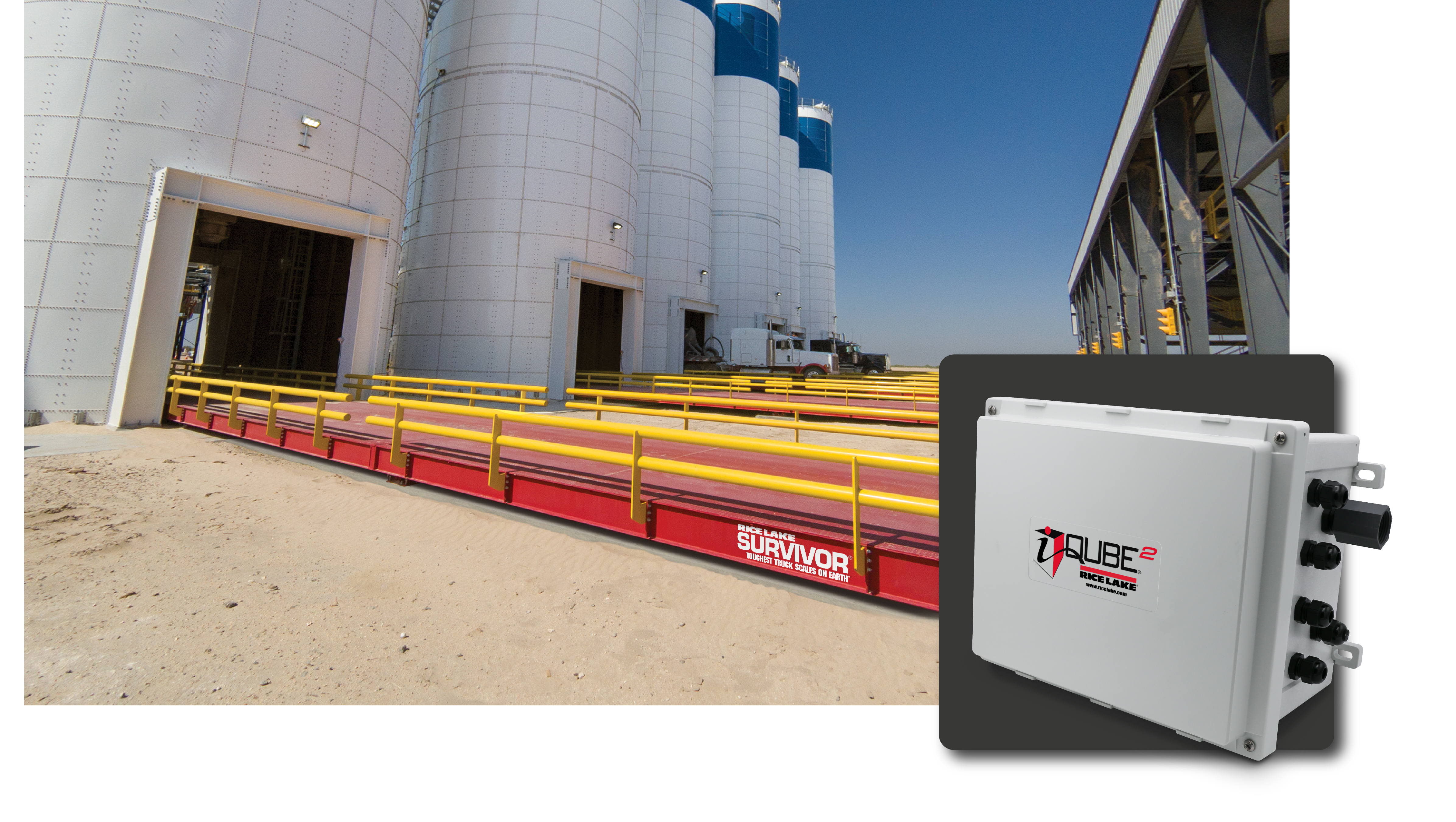
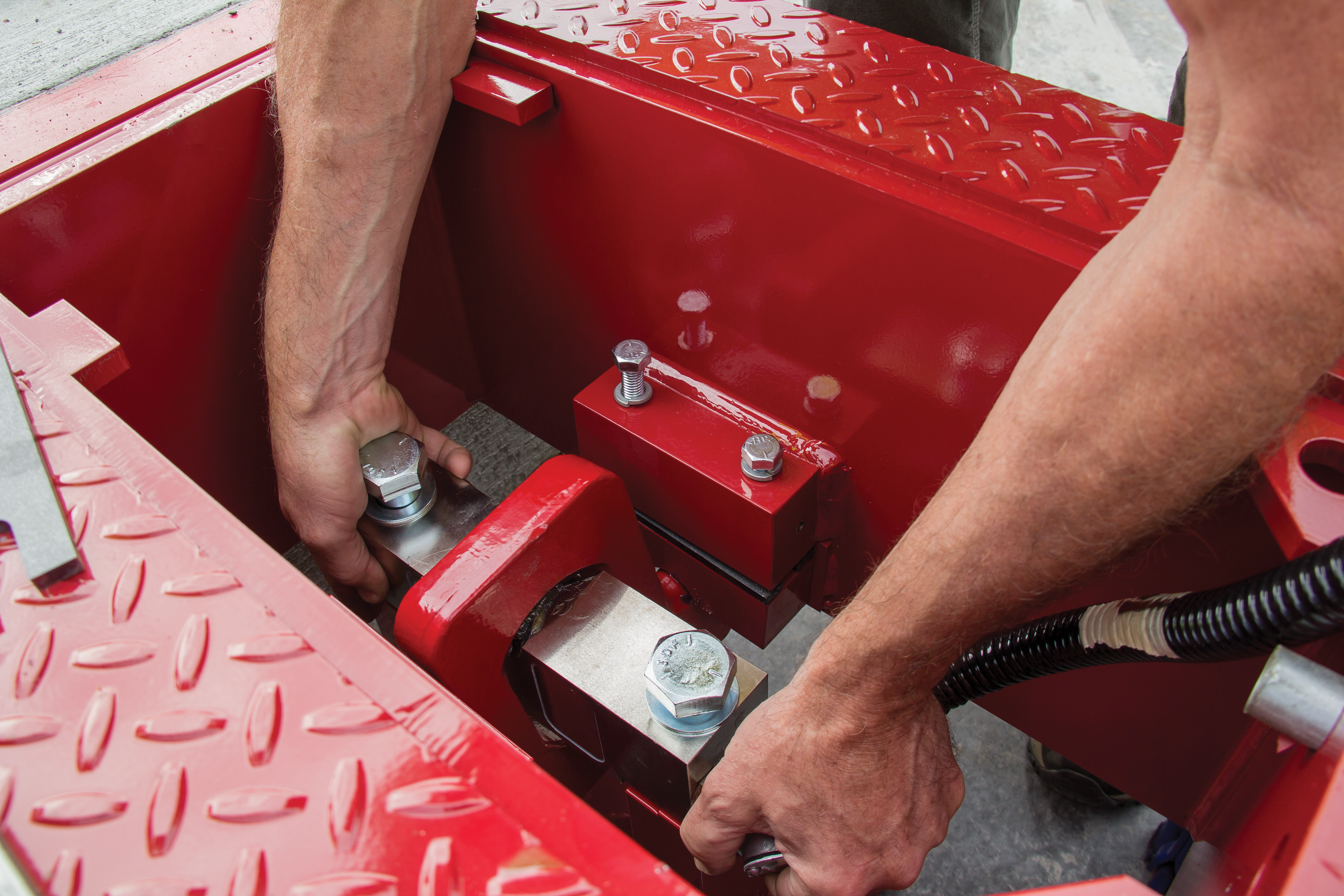
Load Cells
The same debris that can bind the scale deck can also keep the load cells and suspension components from moving freely. You should regularly check load cells and mounts to ensure no dirt or debris is preventing necessary movement.
Load cell cables should also be inspected for damage. If there’s damage, the seal is probably degraded as well. Some manufacturers offer a rigid or flexible metal conduit to run the cable through to combat this issue. Even though braided cable provides more protection from damage than cable sheathed with polyurethane or plastic, these should also be checked.
Moisture can also be detrimental to load cell cables. Water can damage components and seep into the inner layer of the cable. Although wet cables may not cause signal distortion immediately, the copper wires and shield beneath the insulation will start to corrode, which limits cable effectiveness and degrades the signal. If a cable or load cell is wet, it should be replaced. To help prevent moisture from building up on the outside of load cell cables, bend the cable or flexible conduit downward to create a drip loop at the location just before it enters the cell. If the cable is higher than the load cell, water is directed at the connection between the load cell and cable connection.

Rodent Activity
Rodents and other pests may call your truck scale home. Many scales feature cables enclosed in conduit; however, determined rodents can still cause damage. Wires and cables should be examined for any chew marks or damage. If damage is present, it’s best to replace the cable rather than repair it. Compromised cables can lead to inconsistent and inaccurate weight readings.

Grounding
Scale manufacturers suggest a variety of grounding procedures. However, single-point grounding is recommended to avoid lightning attraction and eliminate zero references. Single-point grounding connects electrical, telecommunications and IT systems in one central location.
Truck Scale Quality Counts
No matter what type of truck scale you own, a portion of your preventive maintenance plan has been dictated by the manufacturer. Steel deck scales with a welded bottom plate harbor corrosion because water that seeps into the scale cannot evaporate. Truck scales constructed with more steel do not require a bottom plate and are likely to last longer. The best protection of the understructure comes from the manufacturer. Invest in a scale that includes corrosion-resistant undercoating and does not include a bottom plate.
Rice Lake Weighing Systems’ SURVIVOR® truck scales can last a generation or more, and routine maintenance can help prolong your scale’s lifespan. SURVIVOR truck scales are constructed with 25% more steel than competitors to provide higher structural integrities and open bottoms to eliminate moisture build-up. Rice Lake’s truck scales utilize G-Force self-checking mounting systems, allowing the scale to naturally return to center and avoid damaging approaches. Available in a range of models and configurations, Rice Lake offers portable and permanent scales to meet your facility’s requirements. Discover the SURVIVOR advantage by contacting a heavy capacity expert today at 800-472-6703.



 My Account
My Account
